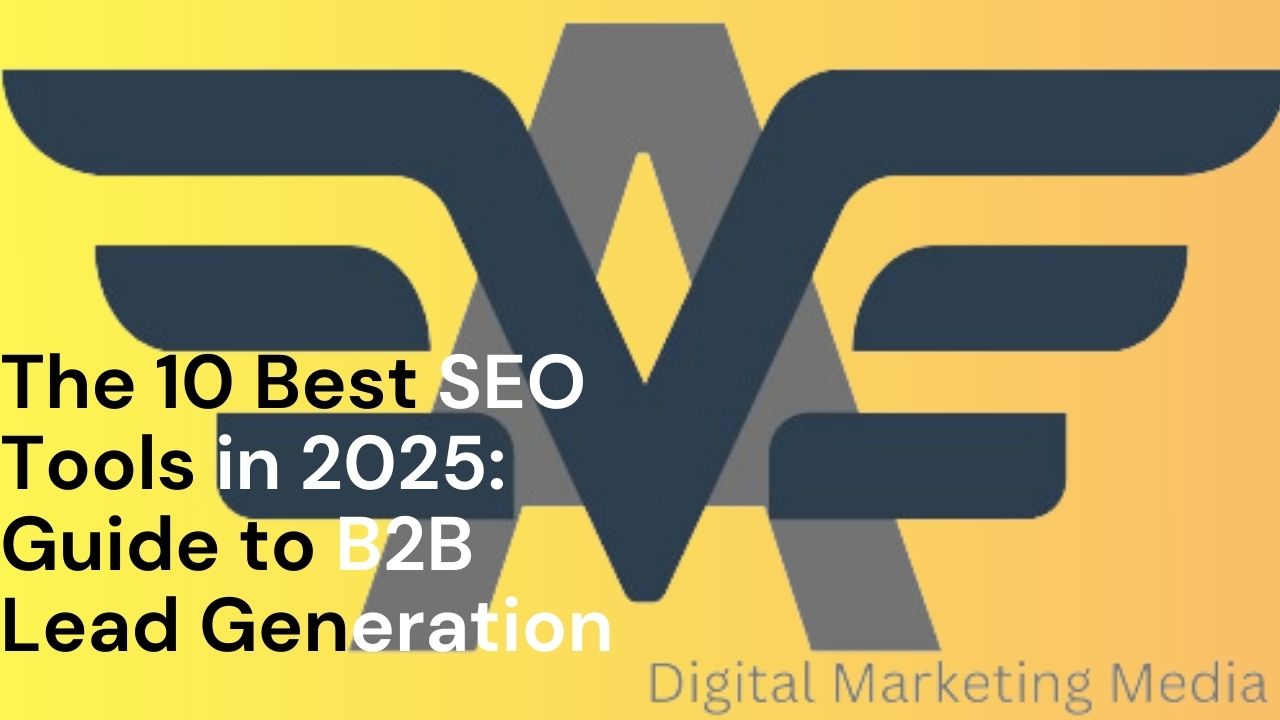On-Page SEO Checklist: Your Complete Guide to Higher Rankings in 2024 and 2025

Table of Contents
ON-Page SEO CHECKLIST, Are you struggling to get your website noticed in search results? You’re not alone. With over 1.7 billion websites competing for attention, standing out requires a strategic approach to on-page SEO. This comprehensive guide will walk you through everything you need to know about optimizing your website for search engines in 2024 and 2025, checklist of on page SEO.
Why Your Website Needs This On-Page SEO Checklist
Think of on-page SEO as the foundation of your digital presence. Without proper optimization, even the most valuable content can remain buried in search results. In fact, 75% of users never scroll past the first page of search results. ON-Page SEO CHECKLIST, That’s why having a systematic approach to on-page SEO isn’t just helpful—it’s essential. on page SEO list.
Table: Key On-Page SEO Statistics for 2024
| Metric | Impact on SEO |
|---|---|
| Page Load Speed | 53% of visitors abandon pages that take longer than 3 seconds to load. |
| Mobile Traffic | 63% of Google searches come from mobile devices. |
| Content Length | Long-form content (2000+ words) ranks 68% better than short content. |
| SSL Security | 85% of users abandon purchases on non-secure websites. |
| Keyword Optimization | Pages with optimized keywords see 45% more traffic. |
Let’s dive into your comprehensive on-page SEO checklist that will transform your website’s search performance. ON-Page SEO CHECKLIST.
1. Create a Robots.txt File: Your Website’s Traffic Controller
Your robots.txt file acts as a virtual bouncer, telling search engines which parts of your site they can access. Here’s why it matters:
- Prevents search engines from crawling private or duplicate content
- Conserves your crawl budget for important pages
- ON-Page SEO CHECKLIST
- Helps manage server resources effectively
Pro Tip: Always test your robots.txt file in Google Search Console before deployment.
2. Submit Your Sitemap to Google: Make Every Page Count
Think of your sitemap as a roadmap for search engines. A properly submitted sitemap:
- Ensures faster indexing of new content
- Helps search engines understand your site structure
- Improves the discovery of deep pages
Table: Sitemap Best Practices
| Best Practice | Why It Matters |
|---|---|
| Regular Updates | Keeps search engines informed of new content |
| Size Limitation | Keep under 50,000 URLs per sitemap |
| Format | Use XML for best compatibility |
| Compression | Enable GZIP compression for faster processing |
3. Conduct Keyword Research: The Foundation of SEO Success
Keyword research isn’t just about finding popular search terms—it’s about understanding user intent. Here’s your action plan:
- Use tools like SEMrush, Ahrefs, or Google Keyword Planner
- Analyze competitor keywords, ON-Page SEO CHECKLIST.
- Identify long-tail opportunities
- Consider search intent behind keywords
- ON-Page SEO CHECKLIST
4. Filter Your Keywords: Quality Over Quantity
Not all keywords are created equal. Focus on:
- Search volume trends
- Competition levels
- Commercial intent
- Relevance to your business
Warning: Don’t fall into the trap of targeting only high-volume keywords. Sometimes, lower-volume, highly-specific keywords convert better. ON-Page SEO CHECKLIST.
5. Create Supporting Content: Building Your Content Ecosystem
Supporting content strengthens your main pages by:
- Establishing topical authority
- Creating internal linking opportunities
- Addressing related user questions
- Capturing long-tail keywords
6. Optimize Your On-Page SEO: The Technical Foundation
On-page optimization requires attention to:
Title Tags
- Include primary keyword
- Keep under 60 characters
- Make it compelling for clicks
Meta Descriptions
- Write unique descriptions for each page
- Include call-to-action
- Stay within 155-160 characters
Header Tags (H1-H6)
- Use only one H1 per page
- Include keywords naturally
- Maintain hierarchical structure
7. Add Some Text and FAQs: Enhance User Experience
Quality content and FAQs serve multiple purposes:
- Address user questions directly
- Increase time on page
- Improve chances of featured snippets
- Build authority in your niche
8. Optimize Your Product Images: Visual SEO Matters
Images can make or break your page speed and SEO. Optimize by:
- Using descriptive file names
- Adding alt text with keywords
- Compressing images without quality loss
- Implementing lazy loading
Table: Image Optimization Checklist
| Element | Best Practice |
|---|---|
| File Format | Choose WebP for best compression |
| Alt Text | Include descriptive keywords |
| File Size | Keep under 200KB when possible |
| Dimensions | Serve responsive images |
9. Optimize Your URLs: Create Clean, Descriptive Paths
URL optimization affects both users and search engines:
- Keep URLs short and descriptive
- Include target keywords
- Use hyphens to separate words
- Avoid special characters
10. Check for Over-Optimization: Finding the Right Balance
Over-optimization can hurt your rankings. Watch out for:
- Keyword stuffing
- Excessive internal linking
- Over-optimized anchor text
- Unnaturally placed keywords
11. Check for Duplicate Content: Maintain Uniqueness
Duplicate content confuses search engines and dilutes ranking power. Solutions include:
- Using canonical tags
- Implementing proper redirects
- Creating unique content for each page
- Regular content audits
12. Work on Your Internal Links and Product Pairing
Strategic internal linking:
- Distributes page authority
- Improves user navigation
- Establishes content hierarchy
- Increases page views
13. Install an SSL Certificate: Secure Your Site
HTTPS is no longer optional. Benefits include:
- Improved rankings
- Increased user trust
- Better conversion rates
- Protected user data
14. Make Sure Your Website is Mobile-Friendly
Mobile optimization is crucial because:
- Google uses mobile-first indexing
- Mobile traffic continues to grow
- Users expect mobile-friendly experiences
- It affects conversion rates
15. Improve Page Loading Speed: Every Second Counts
Speed optimization techniques include:
- Minimizing code
- Optimizing images
- Using browser caching
- Implementing CDN
Table: Speed Optimization Impact
| Page Load Speed | Conversion Impact |
|---|---|
| 0-2 seconds | Optimal conversion rate |
| 2-4 seconds | 20% drop in conversions |
| 4+ seconds | 40% abandonment rate |
16. Make Sure You Set Proper Redirects
Proper redirect implementation:
- Preserves link equity
- Improves user experience
- Prevents 404 errors
- Maintains rankings during site changes
17. Register Your Business on Directory Listings
Local SEO benefits from directory listings:
- Improved local search visibility
- Enhanced brand consistency
- Better local rankings
- Increased trust signals
18. Connect to Data Tracking and Management
Implement analytics tools to:
- Track user behavior
- Monitor rankings
- Measure conversion rates
- Identify optimization opportunities
19. Share Your Posts and Products on Social Media
Social media amplifies your SEO efforts by:
- Increasing content visibility
- Building natural backlinks
- Driving referral traffic
- Enhancing brand awareness
Conclusion: Your Path to SEO Success
Implementing this on-page SEO checklist is your first step toward better search rankings. Remember:
- SEO is a marathon, not a sprint
- Regular updates are essential
- Monitor your results
- Adapt to algorithm changes
FAQs
How long does it take to see results from on-page SEO?
Typically, you can expect to see initial improvements within 3-6 months, with significant results showing after 6-12 months of consistent optimization. ON-Page SEO CHECKLIST.
What’s the most important on-page SEO factor?
While all factors matter, high-quality, relevant content that matches user intent remains the most crucial on-page SEO element. ON-Page SEO CHECKLIST.
How often should I update my on-page SEO?
Conduct monthly audits and make updates as needed. Major reviews should be done quarterly to ensure alignment with current best practices. SEO on page optimization checklist.
Can I do on-page SEO myself?
Yes, many aspects of on-page SEO can be implemented without technical expertise. However, complex technical optimizations might require professional assistance.
What’s the difference between on-page and off-page SEO?
On-page SEO involves optimizing elements within your website, while off-page SEO focuses on external factors like backlinks and social signals. on site SEO checklist.






